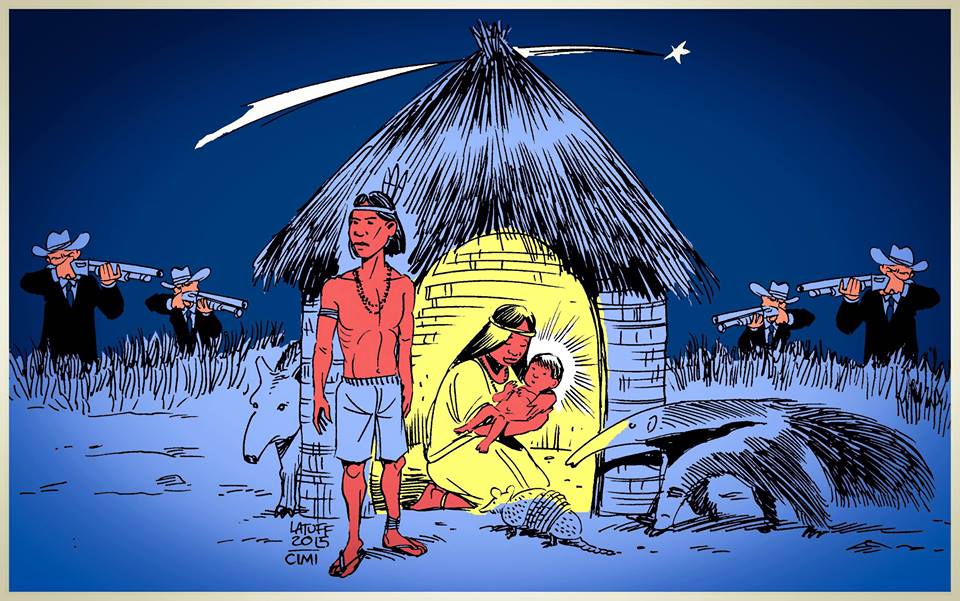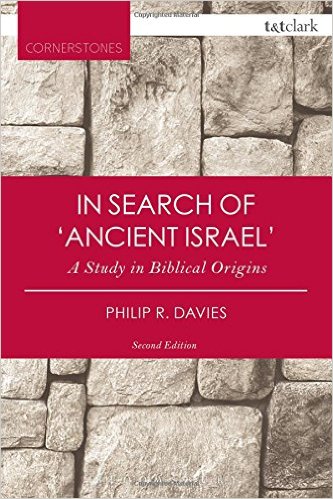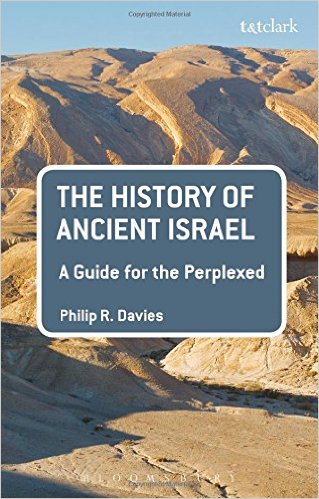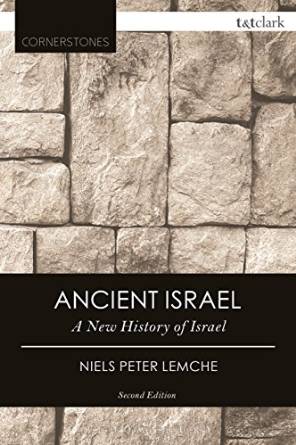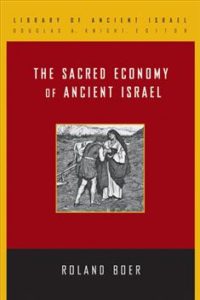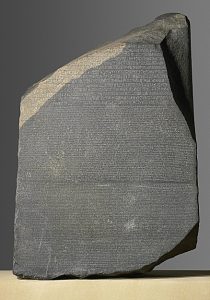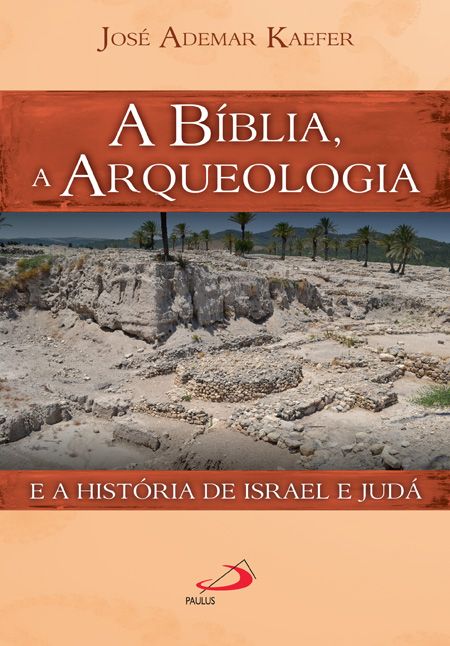Herodes Magno governa o povo judeu durante 34 anos (37-4 a.C.).
Herodes se equilibra no delicado jogo do poder porque sabe ser servil a Roma. Primeiro apoia Antônio, mas quando este é vencido por Otaviano na famosa batalha naval de Áccio, no ano 31 a.C., Herodes vai imediatamente visitar o vencedor, que está na ilha de Rodes, e, em gesto teatral, depõe a coroa a seus pés.
Resultado: volta para casa reconfirmado rei por Otaviano e ainda consegue favores: como o engrandecimento de território, a exoneração de tributo a Roma, a isenção de tropas de ocupação, a autonomia interior para as finanças, a justiça e o exército.
Herodes luta com decisão para consolidar o seu poder. Isto significa, antes de mais nada, que ele elimina, através de assassinatos e intrigas várias, adversários seus, inclusive alguns membros de sua família – como esposa e filhos.
Consolidado o poder, constrói obras grandiosas na Judeia. Templos, teatros, hipódromos, ginásios, termas, cidades, fortalezas, fontes. Reconstrói totalmente o Templo de Jerusalém, a partir do inverno de 20-19 a.C.
Reconstrói Samaria, dando-lhe o nome de Sebaste, feminino grego de Augusto, em homenagem ao Imperador romano; constrói um importante porto, Cesareia Marítima; Mambré, lugar sagrado ligado a Abraão, recebe uma grande construção que o valoriza; fortalezas são reedificadas ou totalmente construídas como Alexandrium, Heródion, Massada, Maqueronte, Hircania etc. Jericó é embelezada e torna-se sua residência favorita.
Observemos os nomes de suas construções, reveladores de seu espírito político:
. Sebaste (Samaria), em homenagem a Augusto
. Cesareia (Marítima), em homenagem a César Augusto
. Antipátrida, em homenagem a seu pai Antípater
. Fasélida, em homenagem a seu irmão Fasael
. Cipros, em homenagem a sua mãe
. Heródion, em homenagem a si mesmo
. fortaleza Antônia (em Jerusalém), em homenagem a Marco Antônio.
Valorizando o culto, Herodes Magno ganha para si o povo. Construindo fortalezas, controla possíveis revoltas. Matando seus inimigos, seleciona seus herdeiros. Apoiando a cultura helenística, aparece diante do mundo. Servindo fielmente a Roma, conserva-se no poder.
Entretanto, Herodes não tem legitimidade judaica, pois descende de idumeus e sua mãe é descendente de árabe. Assim, por ser estrangeiro, não tem para com os judeus nenhuma relação de reciprocidade e sua legitimidade se funda na própria estrutura do poder exercido.
Quando vence os seguidores de Antígono, Herodes constrói uma estrutura de poder independente da tradição judaica:
. nomeia o sumo sacerdote do Templo: destitui os Asmoneus e nomeia um sacerdote da família sacerdotal babilônica e, mais tarde, da alexandrina
. exige de seus súditos um juramento que obriga a pessoa a obedecer às suas ordens em oposição às normas tradicionais; se a pessoa recusar o juramento, é perseguida
. interfere na justiça do Sinédrio
. manda vender os assaltantes e os revolucionários políticos capturados como escravos no exterior, sem direito a resgate
. a venda à escravidão e a execução pessoal (a morte) tornam-se normas comuns do arrendamento estatal.
Mas, se ele viola assim a tradição, como consegue legitimidade?
A estrutura de poder do Estado sob Herodes é bem diferente da estrutura da época dos Macabeus:
. o rei é legitimado como pessoa e não por descendência
. o poderio não se orienta pela tradição, mas pela aplicação do direito pelo senhor
. o direito à terra é transmitido pela distribuição: o dominador a dá ao usuário: é a “assignatio”
. a base filosófica helenística é que legitima o poder do rei, quando diz que o rei é “lei viva” (émpsychos nómos), em oposição à lei codificada, ou seja: o rei é a fonte da lei, porque ele é regido pelo “nous“: o rei tem função salvadora e, por isso, dá aos seus súditos uma ordem racional, através das normas do Estado.
. o poder militar de Herodes se baseia em mercenários estrangeiros que ficam em fortalezas ou em terras dadas aos mercenários (cleruquias) por ele (terras no vale de Jezrael), e nas cidades não judaicas por ele fundadas, a cujos cidadãos ele dá como posse o território que as rodeia, com os camponeses dentro!
Douglas E. Oakman, em um estudo sobre as condições de vida dos camponeses palestinos da época de Jesus, mostra que a violência que sofriam era brutal. Fraudes, roubos, trabalhos forçados, endividamento, perda da terra através da manipulação das dívidas atingiam a muitos. Existia uma violência epidêmica na Palestina.
Cerca de 1/3 das crianças que ultrapassavam o primeiro ano de vida morriam até os 6 anos de idade. Cerca de 60% dos sobreviventes morriam até os 16 anos. Por volta dos 26 anos 75% já tinha morrido e aos 46 anos, 90% já desaparecido, chegando aos 60 anos de idade menos de 3% da população.
Um pobre no Império Romano, no século I de nossa era, tinha uma expectativa de vida de 30 anos, quando muito. Estudos feitos por paleopatologistas indicam que doenças infecciosas e desnutrição eram generalizadas. Por volta dos 30 anos a maioria das pessoas sofria de verminose, seus dentes tinham sido destruídos e sua vista acabado. 50% dos restos de cabelo encontrados nas escavações arqueológicas tinham lêndeas.
E é neste contexto que Douglas E. Oakman propõe uma leitura radical do Pai Nosso. Ele sugere que o pedido perdoa-nos as nossas dívidas (Mt 6,12) refere-se aos processos nos quais os camponeses perdiam sua terra para os credores urbanos que sistematicamente exploravam as condições econômicas precárias em que viviam. Além disso, argumenta Oakman, a prece final (Mt 6,13) não nos ponha em teste – normalmente traduzida com a ideia anacrônica de não cair em tentação – é o apelo do camponês para que não seja levado a um tribunal de cobrança de dívidas e colocado diante de um juiz corrupto (mas livra-nos do Maligno) cujo veredicto daria à expropriação de sua terra força de lei.
Obs.: os autores e os textos podem ser conferidos nas fontes indicadas abaixo.
Fontes:
História de Israel: o domínio romano
Leitura socioantropológica do Novo Testamento
O Pai Nosso trata da fome, do endividamento, da opressão
